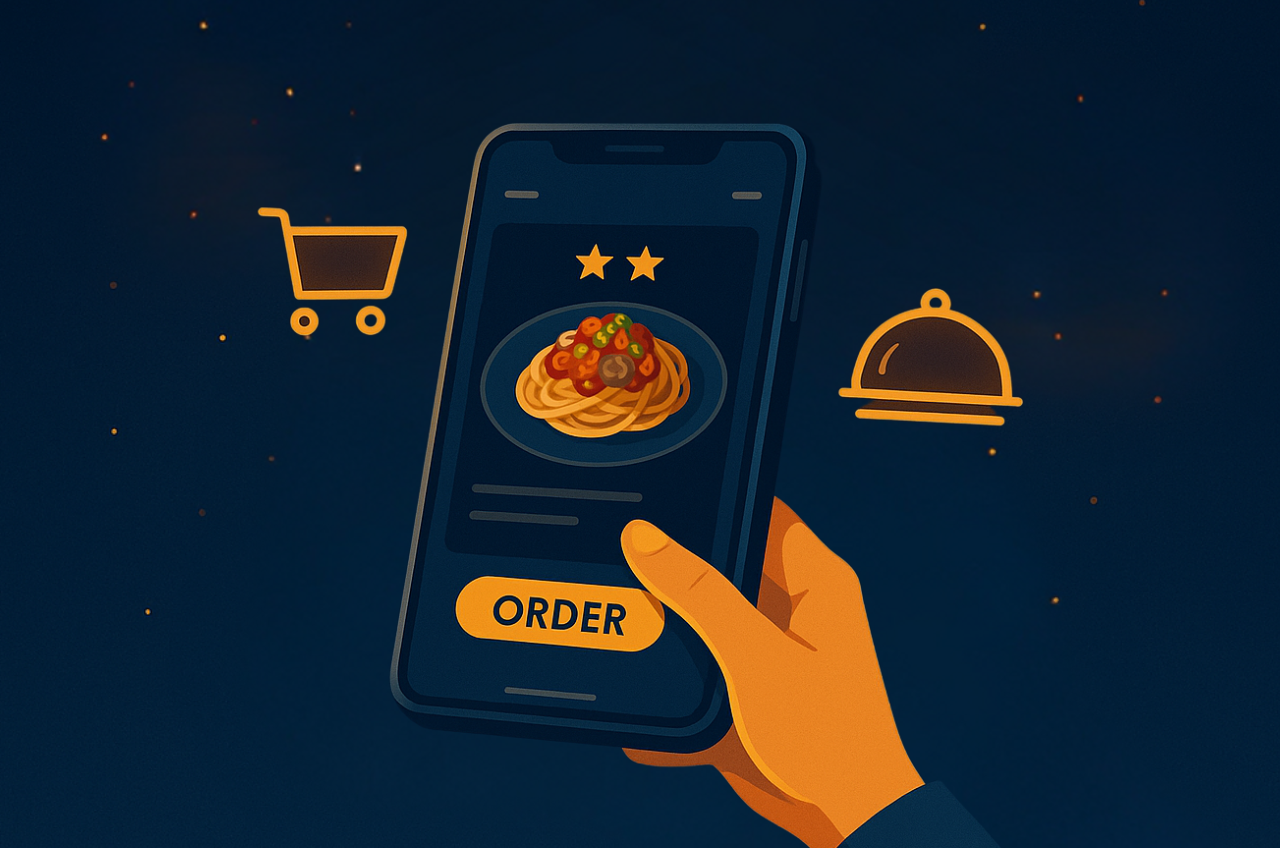The Food Industry’s Future: Examining the Most Recent Digital Ordering Innovations In recent years, technological advancements have significantly changed the food industry. Digital ordering systems are one of these innovations that has changed the way that patrons interact with restaurants. Augmented reality (AR) menu integration is becoming more and more popular as customers look for more individualized and convenient experiences. This article explores the newest developments in digital ordering, especially the emergence of augmented reality menus, and how they might transform dining experiences.
Key Takeaways
- AR menus provide a new and interactive way for customers to engage with restaurants.
- Augmented reality menus are the future of dining experiences, offering a more immersive and personalized ordering process.
- AR menus have the power to transform restaurant engagement by enhancing the customer experience.
- The shift from traditional paper menus to digital AR menus is revolutionizing the way food ordering is done.
- Digital ordering innovations, such as AR menus, are shaping the future of food and restaurant industry.
Menus featuring augmented reality mark a revolutionary change in how patrons interact with food offerings. Before choosing, diners can view dishes in three dimensions by using AR glasses or smartphone apps. Customers can make better decisions by using this immersive experience to view the dimensions, appearance, & even ingredients of a dish. For instance, a customer considering a seafood platter can see an animated depiction of the dish that emphasizes its attractiveness & freshness.
Also, augmented reality menus can improve the narrative element of dining. By including stories about the provenance of ingredients or the chef’s inspiration for a dish, restaurants can foster a stronger bond between their patrons and their food. Because patrons are more involved with the restaurant’s brand & culture, this interactive approach not only captivates them but also cultivates their loyalty. The possibilities for AR menus to produce distinctive dining experiences are endless as technology develops. Augmented reality menus are at the forefront of the growing technological integration of dining experiences in the future.
The improved customer experience they provide is one of the main factors contributing to their rising popularity. Conventional menus, with their long descriptions and sparse images, can frequently be intimidating. In contrast, AR menus make this process easier by offering user-manipulated dynamic visuals. This not only streamlines the ordering process for customers, but it also makes it more enjoyable. Also, AR menus can be customized to accommodate dietary requirements & personal preferences.
A diner who is gluten intolerant, for instance, can filter the menu to show only gluten-free options, along with illustrations that emphasize their appropriateness. Because patrons feel their individual needs are being satisfied, this degree of personalization not only raises customer satisfaction but also promotes return business. AR menus have a great chance to become a staple of the dining scene as eateries continue to adjust to the shifting expectations of their patrons. Beyond just being aesthetically pleasing, AR menus have the ability to revolutionize the way restaurants interact with their clientele. By incorporating gamification components into the dining experience, eateries can design interactive tasks or incentives for patrons who use augmented reality to explore various menu items. To encourage customers to try new things and post about their experiences on social media, a restaurant might, for example, give them discounts or loyalty points for scanning multiple dishes on the menu.
AR menus can also help with real-time customer feedback. The augmented reality interface enables diners to rate dishes or leave comments directly, giving restaurants important information about patron preferences and satisfaction levels. Businesses can swiftly and efficiently modify their offerings thanks to this instant feedback loop, which helps them stay competitive in a market that is always changing.
Restaurants that use AR technology will probably see an increase in patronage & loyalty. Food ordering has undergone a dramatic change with the switch from paper menus to digital AR formats. Paper menus frequently lack the ability to effectively communicate information and are static. On the other hand, AR menus offer a dynamic platform that can be instantly updated to showcase new dishes, special offers, or seasonal variations. Because of this flexibility, restaurants can maintain an exciting and fresh menu without having to pay for new menu printing.
AR menus can also improve restaurants’ operational effectiveness. Servers can concentrate on offering great service and attending to the needs of customers by eliminating the need for staff to clarify menu items or respond to inquiries about ingredients. In addition to enhancing the overall dining experience, this efficient method enables restaurants to adjust their staffing models to meet changing demand. It is obvious that innovation and adaptability will define the future of food ordering as more businesses use augmented reality technology.
To sum up, augmented reality menus are more than just a fad; they mark a fundamental change in the way patrons engage with eateries & their offerings. AR technology has the potential to revolutionize dining experiences for years to come by increasing engagement, customizing experiences, & simplifying operations. Looking ahead, it’s clear that these digital advancements will influence food in the future and create a more engaging & delightful culinary scene.
FAQs
What are AR menus?
AR menus, or augmented reality menus, are digital menus that use augmented reality technology to provide an interactive and immersive dining experience. Customers can use their smartphones or AR glasses to view virtual images of menu items overlaid on the physical restaurant environment.
How do AR menus work?
AR menus work by using a combination of digital technology and the physical environment. Customers can point their smartphone camera at a designated area, such as a table or menu board, and see virtual images of menu items displayed in real-time. This allows for a more engaging and interactive way for customers to browse and select their food and drinks.
What are the benefits of using AR menus for restaurants?
Using AR menus can enhance the overall dining experience for customers by providing a more interactive and visually appealing way to browse menu items. It can also help restaurants upsell and cross-sell items by showcasing them in a more engaging manner. Additionally, AR menus can streamline the ordering process and reduce the need for printed menus, leading to cost savings and environmental benefits.
Are AR menus widely used in the restaurant industry?
While AR menus are still relatively new, they are gaining traction in the restaurant industry as more establishments look for innovative ways to engage with customers. Some forward-thinking restaurants and chains have already started implementing AR menus as part of their digital ordering and customer engagement strategies.
What are some examples of AR menu features?
AR menus can offer a range of features, including Realtime visualizations of menu items, interactive elements such as videos or animations, nutritional information overlays, and the ability to customize and visualize menu items in real-time. These features can help customers make more informed decisions and create a more memorable dining experience.

